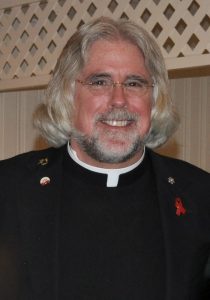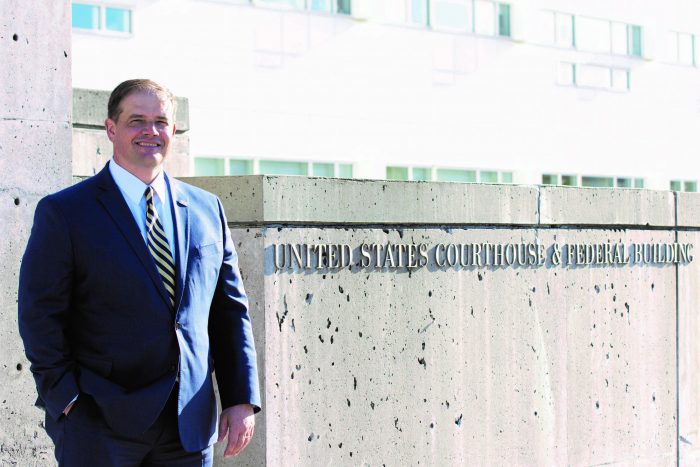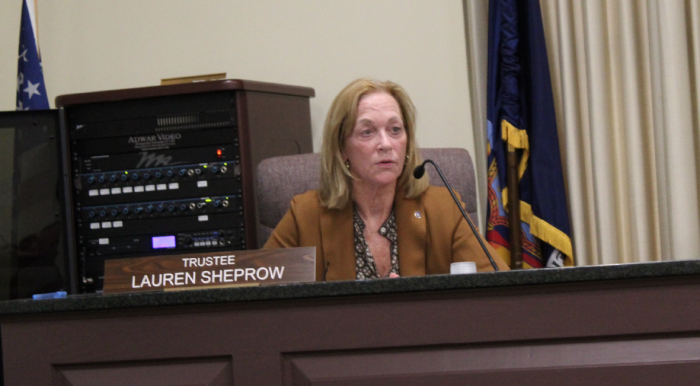District provides new details during board meeting
By Mallie Jane Kim
Scarier than any Halloween nightmare, the specter of school shootings haunts parents around the United States. So when Three Village Central School District announced a gun had made its way into a classroom at Ward Melville High School the morning of Oct. 10, parents wanted answers.
Many found the district’s initial response lacking and demanded — and got — some additional information at an Oct. 23 board meeting, which is available to watch in full on the district’s YouTube channel.
“I want to know from the board, what are we doing?” asked district parent and Ward Melville alumna Yolanda Shields, who said Superintendent of Schools Kevin Scanlon’s emails about the incident did little to ease her concerns. “This has been two weeks now. Every day my kids go to school, I am afraid.”
In an initial email to inform parents about police presence at Ward Melville on Oct. 10, Scanlon referred to a “non-threatening situation” in which the child of a law enforcement officer accidentally brought their father’s backpack, identical to theirs, to school. Scanlon wrote that the student surrendered the gun to a teacher immediately upon discovering it, and a police investigation deemed there was no malicious intent. The district did not share information about any action against the parent, who officials said is part of a law enforcement agency in Suffolk County.
Scanlon’s email stated, “At no time was the safety or security of our students and staff in any jeopardy.”
This was a point of contention for some parents, who pushed back that any time a gun is unexpectedly on a school campus, there is danger.
The gun was in fact loaded, according to additional details provided by district security & safety coordinator Jack Blaum.
“There was a clip in it, one in the chamber, ready to go,” he said at the meeting. “Absolutely, if the trigger was pressed, it would’ve fired.”
Within minutes, responding security guards with law enforcement backgrounds unloaded the gun, according to Blaum, who emphasized that he, other district leaders and board members are taking the situation very seriously and have been meeting “ad nauseum” to figure out the best next steps. He added that installing metal detectors right away, as some parents have called for, comes with inherent complications, including that they would be required at every entrance point in every school building, and would have to be monitored by armed guards 24 hours a day.
“That’s a big move for this district — it’s not something we could do overnight,” he explained, adding that he is most interested in emerging AI technology that could monitor for weapons using the security camera system.
Installing a visible fix like metal detectors without thinking through the entire system and allowing stakeholder input would be engaging in “security theater,” according to Scanlon, who said many of the measures the district takes in its more than $3 million security budget are behind the scenes.
“We do not want to divulge, even to the community, the levels of things that we have in place,” he said, adding that a robust security plan involves a focus on students’ emotional and mental health, something the district has said is a priority. To add an element of physical security alone, he said, “it’s not as foolproof as people might think.”
Blaum, Scanlon and the board president, Susan Rosenzweig, encouraged parents to email them with questions or comments, and said upcoming board meetings would include updates on the work of the relevant committees and staff.
For his part, Blaum said he is disturbed at the fact that a gun got into the school, and he thinks about it every day. The same is true for the parents who shared public comments.
“I’m so thankful that we’re not all around a vigil of candles,” parent Shields said. “Because that’s what could’ve happened.”






















